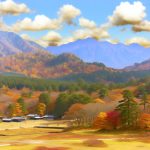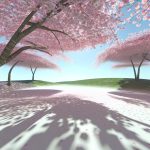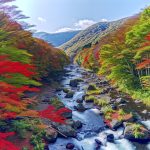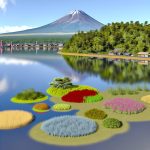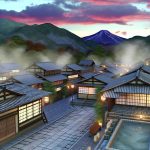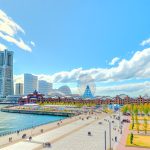Exploring Autumn Foliage at Nikko National Park
Nikko National Park in Japan stands out as a remarkable destination to witness the breathtaking changes of autumn foliage. Nestled within the Tochigi Prefecture, this park offers a tranquil escape from the vibrant city life of Tokyo. Renowned for its striking natural colors during the fall, Nikko’s landscapes provide an unforgettable experience for both nature enthusiasts and photographers.
Key Attractions and Scenic Views
Visiting Nikko during mid-October allows visitors to fully experience the mesmerizing transition of leaves into vivid hues of red, orange, and yellow. The park is home to several key locations where this natural phenomenon can be captured in all its glory. Spots such as Lake Chuzenji, Senjogahara Marshland, and the famous Irohazaka Winding Road each offer distinct and stunning perspectives of the autumn scenery. Engaging in a thorough exploration of these sites grants visitors a comprehensive view of the changing foliage.
Nikko Toshogu Shrine
Apart from its natural allure, Nikko is widely recognized for its cultural significance. At the heart of this cultural landscape is the Nikko Toshogu Shrine, a UNESCO World Heritage site that draws countless visitors. This shrine, embedded within the vibrant foliage, creates an extraordinary blend of historical architecture and natural beauty. A visit here allows one to appreciate the architectural marvels that coexist with the surrounding landscape, making it a significant point of interest on any Nikko itinerary.
Lake Chuzenji
Lake Chuzenji stands out as a particularly idyllic location during the autumn season. This lake, situated at an elevated position, experiences an earlier transformation of foliage compared to the lower regions. The timing makes it an ideal spot for early visitors hoping to catch some of the season’s first vibrant displays. Nearby, Kegon Falls adds another layer of natural splendor. Visitors to the area should take the opportunity to witness the stunning cascade of Kegon Falls, particularly when surrounded by the rich colors of the autumn leaves, making for a perfect photographic opportunity.
Travel and Accommodation
Accessing Nikko is a straightforward process, with direct train routes connecting Tokyo to Nikkō Station. This connectivity makes it effortless for Tokyo’s residents and international visitors alike to plan a trip to this enchanting park. The accommodations available in and around Nikko cater to diverse needs and preferences, ranging from traditional ryokans, where visitors can immerse themselves in Japanese culture, to modern hotels that provide all the conveniences of contemporary living. Given the popularity of the park during the foliage season, it is advisable for visitors to secure their accommodations well in advance to avoid disappointment, particularly during the peak periods of leaf coloration.
For further information regarding tips for visiting, travel arrangements, and to discover more seasonal highlights, refer to Japan’s official tourism website. This resource provides extensive details to enhance your exploration of Nikko National Park and ensure a fulfilling visit.
In conclusion, Nikko National Park offers a unique blend of natural beauty and cultural richness, making it a must-visit destination during Japan’s autumn season. From the stunning vistas offered at Lake Chuzenji to the historical intrigue of the Nikko Toshogu Shrine, the park provides diverse attractions that cater to various interests. With convenient travel options and a range of accommodations, planning a trip is both practical and rewarding. Engage with the stunning autumn scenery and enjoy a serene escape that is both visually stunning and culturally enriching.

